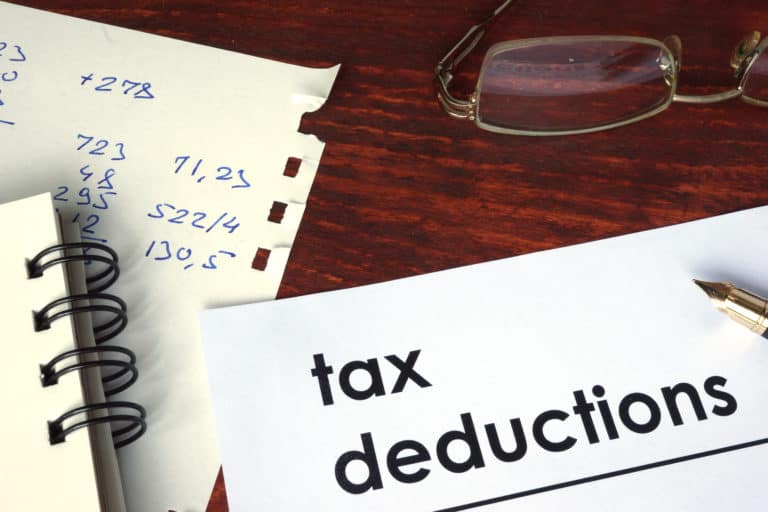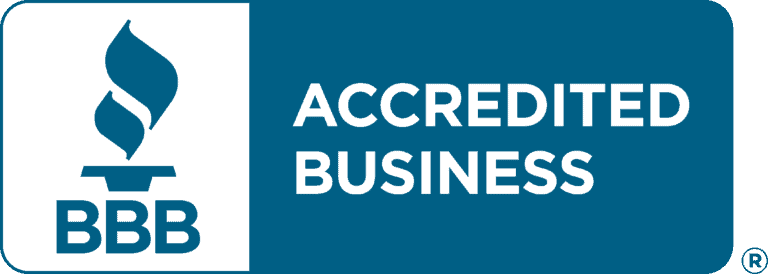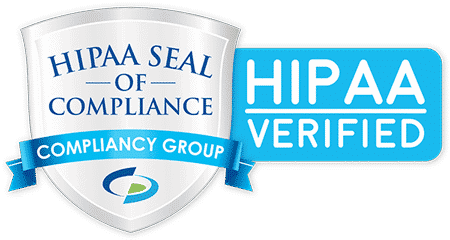Business and property owners the world over want to increase productivity while limiting operational costs and expenses from their businesses. In the wake of the global pandemic numerous commercial operations were put on hold and businesses had to get creative. A way in which you the business owner can do this is evaluating the taxes you pay. You may qualify for certain tax reduction, especially energy related tax deductions, and not be aware.
While everyone is looking to manage new post-COVID business expenses, it is important to note that the government has set up programs and tax cuts committed to helping businesses. Incentives such as the Paycheck Protection Program (PPP) loan and the Employee Retention Credit (ERC).
There is another one you should be aware of and waste no time in applying. The government has allowed for deductions for energy-efficient commercial buildings.
In this article, we discuss these tax savings and how you can apply for them.
What Are Energy Related Tax Deductions for Commercial Buildings?
Section 179D of the Internal Revenue Code makes arrangements for deductions in commercial buildings that are energy-efficient. These deductions became permanent under the Consolidated Appropriations Act of 2021.
This energy related tax deduction is somewhat similar to the Energy Policy Act of 2005 (EPACT) which provided deductions for the expenses incurred in improving the energy dependency in commercial buildings. The Emergency Economic Stabilization Act of 2008 also made extensions on EPACT.
What’s the Nature of the Tax Deduction?
According to the Code, a deduction of up to $1.80 per square foot is available for commercial properties that demonstrate a 50% cut on energy usage. As a business you can accomplish this through improvements to the hot water, ventilation, heating, cooling, and internal lighting systems.
There is also a partial deduction of up to $0.60 per square as well for improving individual lighting, HVAC, water heating, and the envelope of the building.
That is to say if you have improved your commercial building to reduce energy bills, you can be eligible for this incentive by the government.
In short, this tax deduction reduces the amount of income that can be taxed.
Who Receives Energy Related Deductions?
Section 179D permits the owner of the properties that pay for the construction to become a recipient of the tax deductions. Typically, this means the landlord or estate agent in charge of the allotted property is the recipient.
However, if you are a tenant and have made improvements to your lighting and HVAC to boost energy efficiency, you can also be a recipient.
In a government-owned property, the system or building designer will receive the tax deduction. These deductions are readily available for commercial buildings set up for service after December 31st, 2017. While the law was set to expire by the end of 2020, it was extended indefinitely.
How Do You Apply For the Tax Deduction?
First things first; to apply for the tax deductions on energy savings, you need to find out the overall square footage of the commercial building. You need to also find out when the building and the improvements were fully in operation.
For this to happen, certified software or individual program will check out the building and determine if it qualifies for:
- 20% savings on heating
- 20% savings on lighting
- 10% for the building envelope, and
- 50% for the energy systems in place.
The US Department of Energy highlights a list of certified software available that you can use to calculate the energy savings for the tax deductions. The building must also meet ASHRAE Standard 90.1-2001 to qualify for the tax deduction.
Need expert advice in cutting down on your business expenses while improving your productivity? Expense To Profit is here to help.






